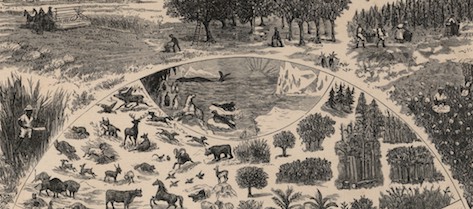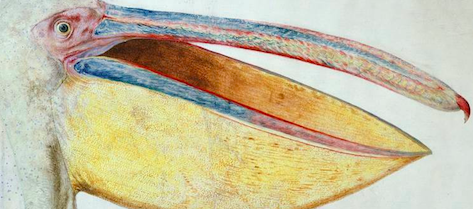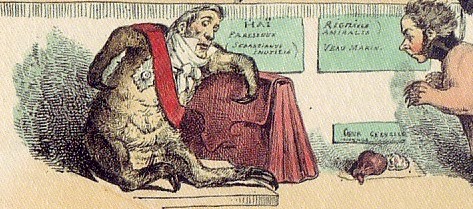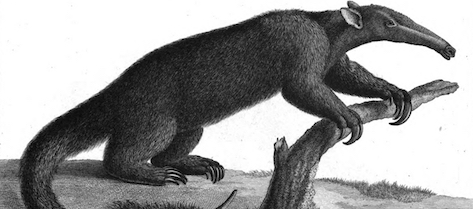Writing History
My research unearths captivating historical content in material contexts, often in early modern Spain and Latin America.
My Academic Research

Collecting Empire: The Science and Politics of Natural History Museums in New Spain
My in-progress dissertation project focuses on natural history collecting in eighteenth-century Spain and Spanish America. I pay particular attention to the creation of natural history cabinets and museums in colonial New Spain, the region of the Spanish Empire that stretched from California to Guatemala.

Natural Things: A Global Natural History Project
Our team of researchers uses digital history tools to trace how natural objects from around the world took on new meanings over the course of time. To learn more about our project and upcoming events, visit our website.

Materials of Natural History
How did the study of physical objects impact natural history during the early modern period? Professor Paula Findlen and I explore this question from the 16th century to the present in the edited volume Worlds of Natural History.

Stanford Collects: A History of Collecting
In Winter 2018, I taught an undergraduate course that explores the history of Stanford as a university, an archive, a library, and a museum. The hands-on course in Green Library introduced students to unusual objects and featured site visits to the Cantor and the Archaeology Center.

Caricature Assassination in the Work of J. J. Grandville
19th-century French cartoonist J. J. Grandville deftly caricatures political figures using the metaphor of a natural history cabinet. I analyze one of his prints within a forthcoming edited volume of essays published by the Cantor Arts Center.

Indefatigable Azara: A Spanish Naturalist in South America
Félix de Azara, an 18th-century Spanish military engineer turned amateur naturalist living in the wilds of Paraguay, collected hundreds of faunal specimens which became the basis for his monographs. My seminar paper demonstrates the scientific value of Azara’s work in and of itself, rather than compared to that of other naturalists. Read my blog post about the visual culture of his work.

Gardens within a City
Why does New York have two premier botanical gardens—the New York Botanical Garden and Brooklyn Botanic Garden—both founded at around the same time? My master’s thesis investigates this question, concluding that each garden served a different constituency: NYBG was for botanists; BBG for the public.

The Posthumous Lives of the Giant Sloth
My undergraduate thesis delves into microhistories of the giant ground sloth, an extinct American land mammal about the size of a rhinoceros that lives only in museums as a fossil. The first one to be unearthed resides in Madrid’s Museo Nacional de Ciencias Naturales. I follow the sloth from Spain to 19th-century debates on speciation, and finally to ideas of the character of sin in Victorian children’s books.